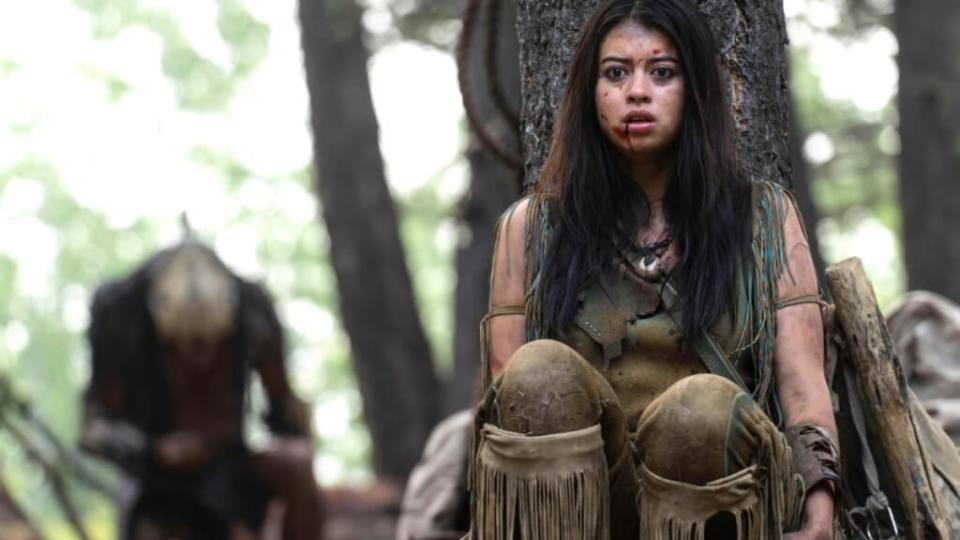‘Prey’ Became a Best-in-Class Prequel by Bringing ‘Predator’ Back to the Basics
- Oops!Something went wrong.Please try again later.
- Oops!Something went wrong.Please try again later.
Jeff Cutter and Dan Trachtenberg are no strangers to taking residence within larger franchises. The director of photography and director, respectively, have collaborated on feature films set in both the worlds of “Predator” and “Cloverfield” — and delivered best-of entrants along the way.
And both offered unique challenges, too: For Hulu’s “Prey,” the trim, exciting “Predator” prequel from 2022, the duo took advantage of the great outdoors in a massive scope. While their 2016 film “10 Cloverfield Lane” relied on a virtually all-interior pressure cooker set in a John Goodman-run bunker.
Also Read:
‘Prey’ Ending Explained: Son of a Gun
“We were probably 95% location,” Cutter said of shooting “Prey,” noting that they “only had three or four stage days where we used stages for campfire scenes.“ He and Trachtenberg shot the prequel with anamorphic lenses over nearly 60 days in Calgary, drumming up the latest project featuring the time-traveling Predator (played here by the 6’8” Dane DiLiegro) as he wrecks havoc on a Comanche tribe in the 1700s. A warrior-hopeful named Naru (Amber Midthunder) rises to her family’s defense against all odds.
“We had this amazing ceremony in First Nations where they blessed us before we shot,” Cutter said of the surprisingly unfettered filming process. “We got really lucky with weather and all that stuff. The land is so untouched, and it’s just such an amazing place to be because there are no power lines, no roads, there’s not a Starbucks around the corner. You’re pristine as far as the eye can see.”
“Prey” is an anomaly in the modern action realm, in that it is a tight 99 minutes, including a ledger painting-inspired end credit sequence. While other contemporary actioners drown in exposition, the filmmakers wanted this project to be in the spirit of the no-nonsense 1987 John McTiernan-directed, Arnold Schwarzenegger-starring original. It similarly keeps the audience guessing as to what the Predator actually looks like.

“There were the phases in which the Predator was revealed [in the 1987 film], it’s like this sort of cloaked invisible creature, and you’re like, ‘OK, that’s interesting,’” Cutter said. “Then it gets revealed when he’s repairing himself and the camouflage comes off, then a little bit of the armor and then you get to final reveal where the mask comes off. That was something that Dan really wanted to honor and respect.”
Also Read:
The 40 Best Movies on Hulu Right Now
Despite the technological advances of filming today, Cutter and his team also didn’t want to constantly lean on post-production for achieving their visual goals.
“As the original film did, we shot actual heat vision with thermal vision cameras, and then we would actually use the 3D rig where we could simultaneously shoot the thermal vision-Predator POV,” Cutter explained. “And we did shoot with a traditional motion-picture camera, capturing the exact same image so that in post-production, we would have both options or could overlay them.”
The unique aspect of “Prey” is it is the first “Predator” film to premiere on a streaming service, something that Cutter indicates was always the plan. “It was never going to get a theatrical release, we knew that from the get-go,” he said, emphasizing that they still wanted “to make the biggest, most cinematic movie we can.”
Also Read:
Fede Alvarez’s ‘Alien’ Film Set for Release in August 2024

